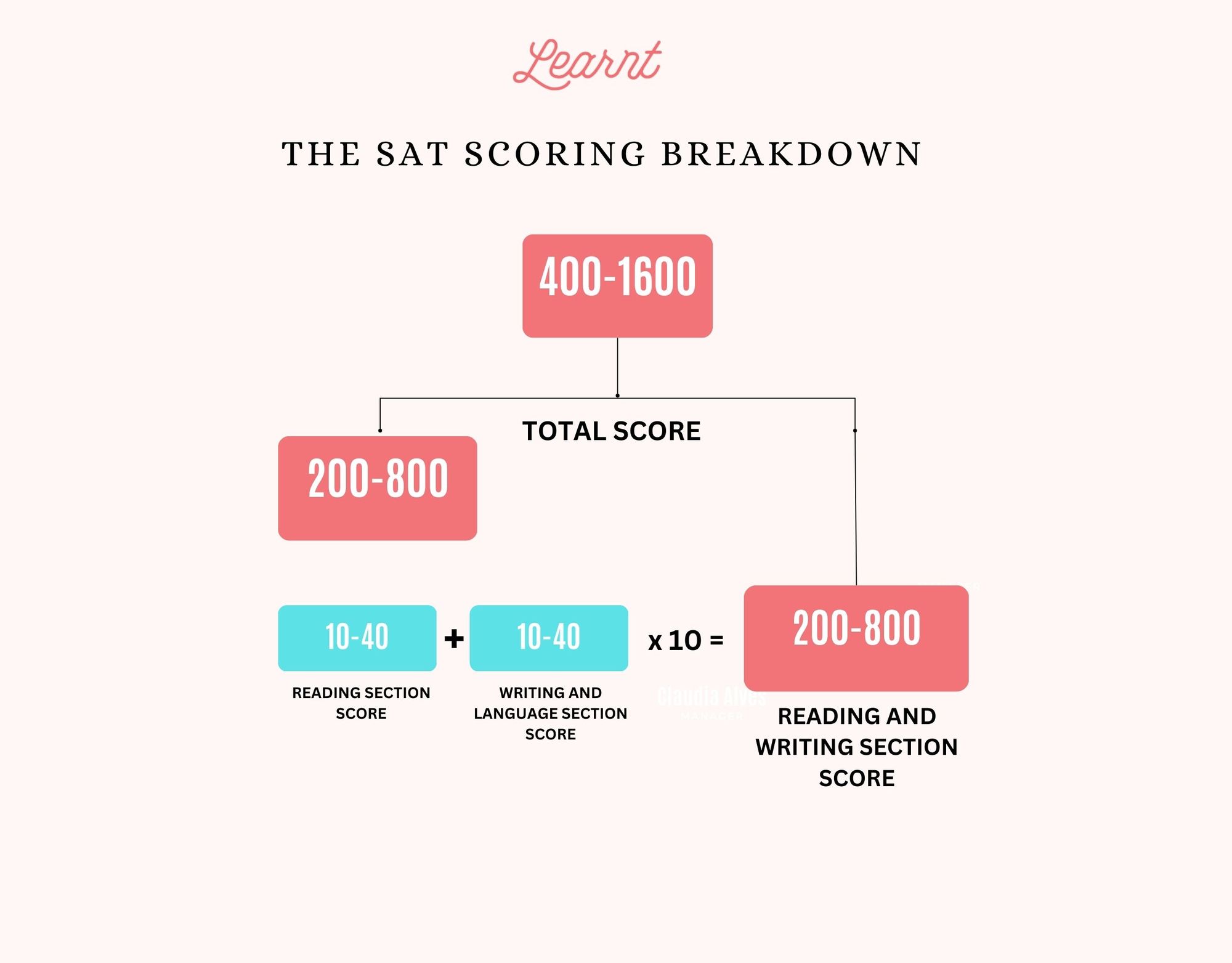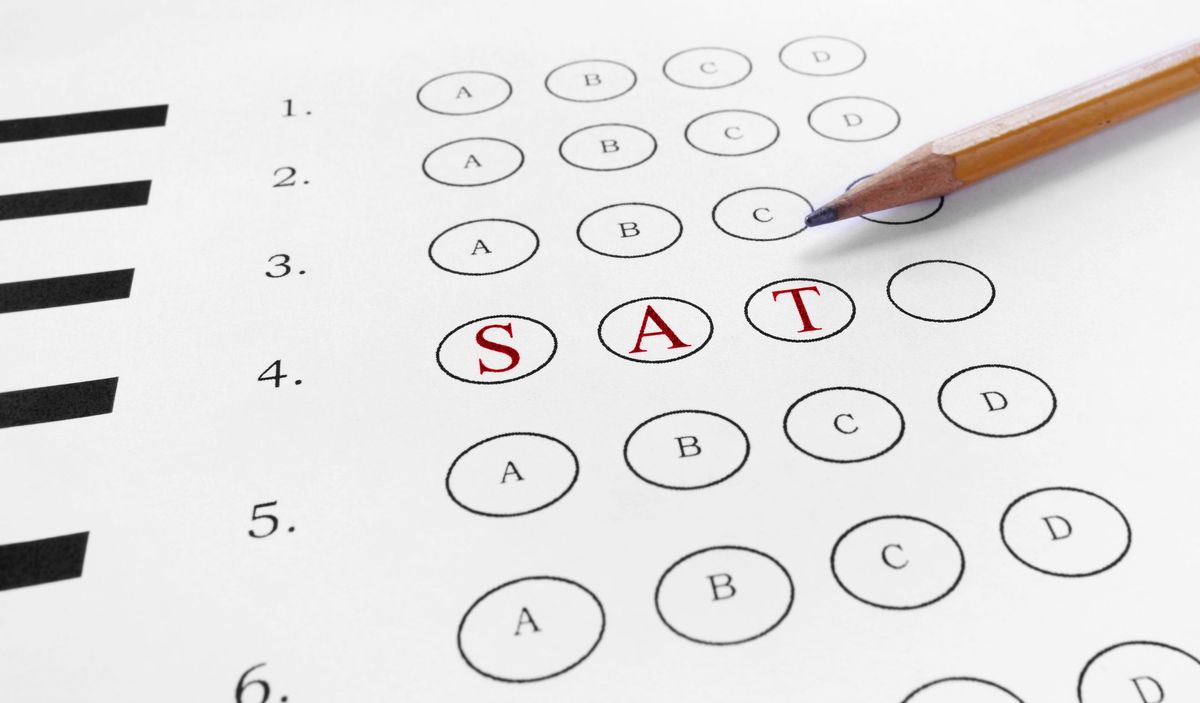The SAT, or Scholastic Assessment Test, is a standardized test widely used in the United States as a tool for college admissions. It is administered by the College Board and has been around since 1926. The SAT is designed to measure a student's readiness for college by testing their critical reading, math, and writing skills. In this blog post, we will explore the history and purpose of the SAT, as well as its structure, format, and scoring.
History of the SAT
The SAT has a long and interesting history that dates back to the early 1900s. In 1901, a Harvard psychologist named Charles Spearman developed a theory of intelligence that included two factors: general intelligence and specific intelligence. General intelligence, or g factor, refers to a person's overall cognitive ability, while specific intelligence refers to their ability to excel in specific areas, such as math or language.
In 1905, the College Board was created to standardize the college admissions process. The board developed a test called the College Entrance Examination, which was designed to measure a student's knowledge of specific subjects. However, this test did not assess a student's general intelligence or overall readiness for college.
In 1926, the College Board introduced the Scholastic Aptitude Test, which was designed to measure students' general intelligence and their ability to reason and think critically. The original test consisted of 315 questions and was administered in one day. It was not until 1994 that the name of the test was changed to the Scholastic Assessment Test, reflecting the fact that the test no longer measured aptitude but instead assessed acquired knowledge and skills.
Purpose of the SAT
The SAT was designed to provide a standardized measure of a student's readiness for college. Colleges and universities use SAT scores as a tool to help them make admissions decisions. The SAT provides a common measure of a student's academic abilities and can help colleges compare students from different schools and regions.
In addition, the SAT is often used as a tool for scholarship selection. Many scholarship programs use SAT scores as one of the criteria for determining who receives scholarship money.
Structure and Format of the SAT
The SAT is structured in a way that allows students to demonstrate their skills in a variety of areas. The test is divided into three sections: Evidence-Based Reading and Writing, Math, and an optional Essay. Each section of the test is designed to assess different aspects of a student's academic abilities.
Evidence-Based Reading and Writing
The Evidence-Based Reading and Writing section is composed of two parts: Reading and Writing and Language. The Reading section consists of passages from literature, science, and social studies, and is designed to test a student's ability to comprehend complex texts and answer questions about them. The Writing and Language section is designed to test a student's ability to analyze and revise written passages for grammar, punctuation, and syntax errors.
Math
The Math section is also divided into two parts: Calculator and No Calculator. The Calculator section tests a student's ability to solve math problems using a calculator, while the No Calculator section tests a student's ability to solve math problems without a calculator. The Math section covers topics such as algebra, geometry, and trigonometry.
Essay
The optional Essay section requires students to write an essay in response to a given prompt. The essay is designed to test a student's ability to organize and express their ideas in a clear and concise manner. While the Essay section is optional, some colleges and universities require it as part of their admissions process.
The format of the SAT is designed to be user-friendly and accessible to all students. The test is administered on paper and pencil, with multiple-choice questions and a few grid-in questions. Students are given a total of 3 hours and 50 minutes to complete the test, including breaks. The timing and length of each section of the test are carefully calibrated to ensure that students have enough time to complete each section without feeling rushed.
Scoring on the SAT

The scoring of the SAT is designed to provide a clear and objective measure of a student's academic abilities. The test is scored on a scale of 400-1600, with separate scores for the Evidence-Based Reading and Writing section (200-800) and the Math section (200-800). The optional Essay section is scored on a scale of 2-8.
Each question on the SAT is worth one point, and there is no penalty for incorrect answers. This means that students are encouraged to answer every question, even if they are unsure of the correct answer.
The process of scoring the SAT is complex and involves several steps. First, each test is scored by two independent readers who assign a score of 1-4 for each of three categories: Reading, Analysis, and Writing. The two scores are then added together to give a total score out of 8. If the two scores differ by more than one point, the essay is read by a third reader, who assigns a final score.
The scores from the Essay section are then combined with the scores from the Evidence-Based Reading and Writing and Math sections to give a total score out of 1600. This total score is what colleges and universities use to evaluate a student's academic abilities.
In addition to the total score, students receive subscores for each section of the test. These subscores provide a more detailed picture of a student's strengths and weaknesses in different areas. For example, in the Math section, students receive subscores for Heart of Algebra, Problem Solving and Data Analysis, and Passport to Advanced Math.
Students also receive cross-test scores and subscores that provide information on how they performed across different sections of the test. These scores include Analysis in Science, Analysis in History/Social Studies, and Command of Evidence.
The scoring of the SAT is designed to provide a fair and accurate measure of a student's academic abilities. The test is carefully calibrated to ensure that scores are reliable and consistent across different administrations of the test. This means that a student's score on the SAT is a useful tool for colleges and universities to evaluate a student's academic potential.
Conclusion
In conclusion, the SAT is a standardized test that has been used for decades to help colleges and universities make admissions decisions. It is designed to measure a student's critical reading, math, and writing skills, and to provide a common measure of a student's academic abilities. With a long and interesting history, the SAT has evolved over the years to reflect changes in education and admissions processes. While it is not the only factor considered in admissions decisions, the SAT remains an important tool for colleges and universities to assess the academic abilities of their applicants.

Frequently Asked Questions (FAQs) about the SAT
What is the SAT?
The SAT is a standardized test that measures a student's critical reading, math, and writing skills. It is used by colleges and universities to help make admissions decisions.
Who takes the SAT?
The SAT is typically taken by high school juniors and seniors who are planning to attend college.
What is the purpose of the SAT?
The purpose of the SAT is to provide colleges and universities with a standardized measure of a student's academic abilities. It is used to help admissions officers make informed decisions about which students to admit to their institutions.
How is the SAT structured?
The SAT is structured into three sections: Evidence-Based Reading and Writing, Math, and an optional Essay. Each section of the test is designed to assess different aspects of a student's academic abilities.
How is the SAT scored?
The SAT is scored on a scale of 400-1600, with separate scores for the Evidence-Based Reading and Writing section (200-800) and the Math section (200-800). The optional Essay section is scored on a scale of 2-8.






